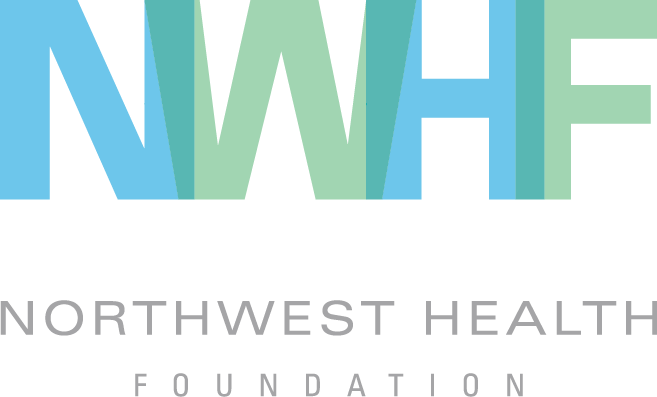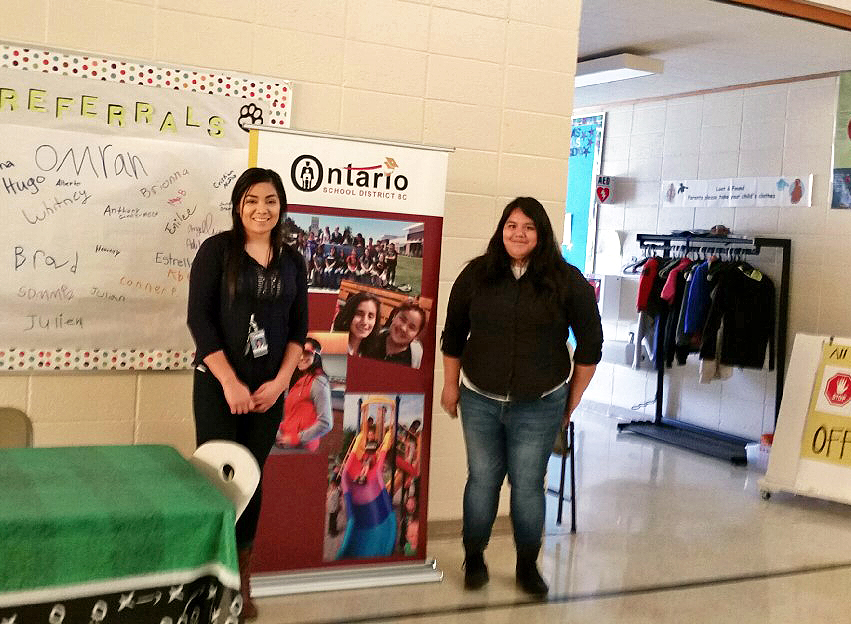Cambios Micro-Development Program helps Latino families become business owners and community leaders
/Three generations of a family stick their hands in a big pot of soil. They're learning about propagation.
Every family should have the opportunity to strive for a healthier, happier and more stable future. When families can support themselves in ways that are meaningful to them, our communities become stronger and we all benefit. That’s why Huerto de la Familia, a community-led organization in Eugene, Oregon, provides the means for Latino families in Lane County to improve their health and economic self-sufficiency.
One way Huerto de la Familia does this is through their Cambios Micro-Development Program. Every year, Latino families in Lane County who want to start their own small businesses, or take small businesses they’ve already started to the next level, sign up for weekly classes, participate in one-on-one business counseling sessions and create their business plans.
A student works out watering calculations on the whiteboard at farm business class.
Over the last year, Cambios Micro-Development Program has expanded and evolved to better meet the needs of community members. Previously, the weekly class ran for ten weeks. Now it runs for twenty. On top of that, participants planning to start farm businesses can sign up for an additional eight weeks of specialized training through a curriculum designed, and taught, by staff from Oregon State University’s Small Farms Program. They practice their new skills for large-scale planting on land donated by Two Rivers and Love Farms. Other participants, who plan to start restaurants, have the chance to test their businesses and earn money in Huerto de la Familia’s food booth incubator.
The partnership doesn’t stop there. Huerto de la Familia’s executive director, Marissa Garcia, emphasizes that this work doesn’t result in instant gratification. Huerto de la Famila works with families for years, until they can sustain their businesses on their own.
The family behind Tikal Latin Cuisine showcases their Guatemalan food.
Cambios Micro-Development Program allows Latino families to make a living doing work they love and believe in. As a result, community members benefit through access to healthy, local and culturally significant food. For instance, one man who recently graduated from the twenty-week training will raise livestock humanely, with an emphasis on providing meat for specific Mexican cultural dishes, such as birria. Another participant will start a farming nonprofit with the aim of growing healthy food for people who can’t afford it, especially people who don’t have the time or ability to grow their own food in Huerto de la Familia’s garden (e.g. parents with young children, those with chronic illnesses, elders, etc.)
Huerto de la Familia’s goals for Cambios Micro-Development Program go beyond immediate change. The organization and participants have a bigger vision, for long-term change, as well. They want the Latino families involved to become leaders in Lane County’s business community, and in the community as a whole. Currently, 12% of Oregon’s residents are Latino. That number isn’t reflected in Oregon’s leadership, and Huerto de la Familia hopes Cambios Micro-Development Program will contribute to changing that.
Cambios Micro-Development Program's 2016 graduates celebrate their success.
Huerto de la Familia is one of Northwest Health Foundation's Kaiser Permanente Community Fund funded partners.














































